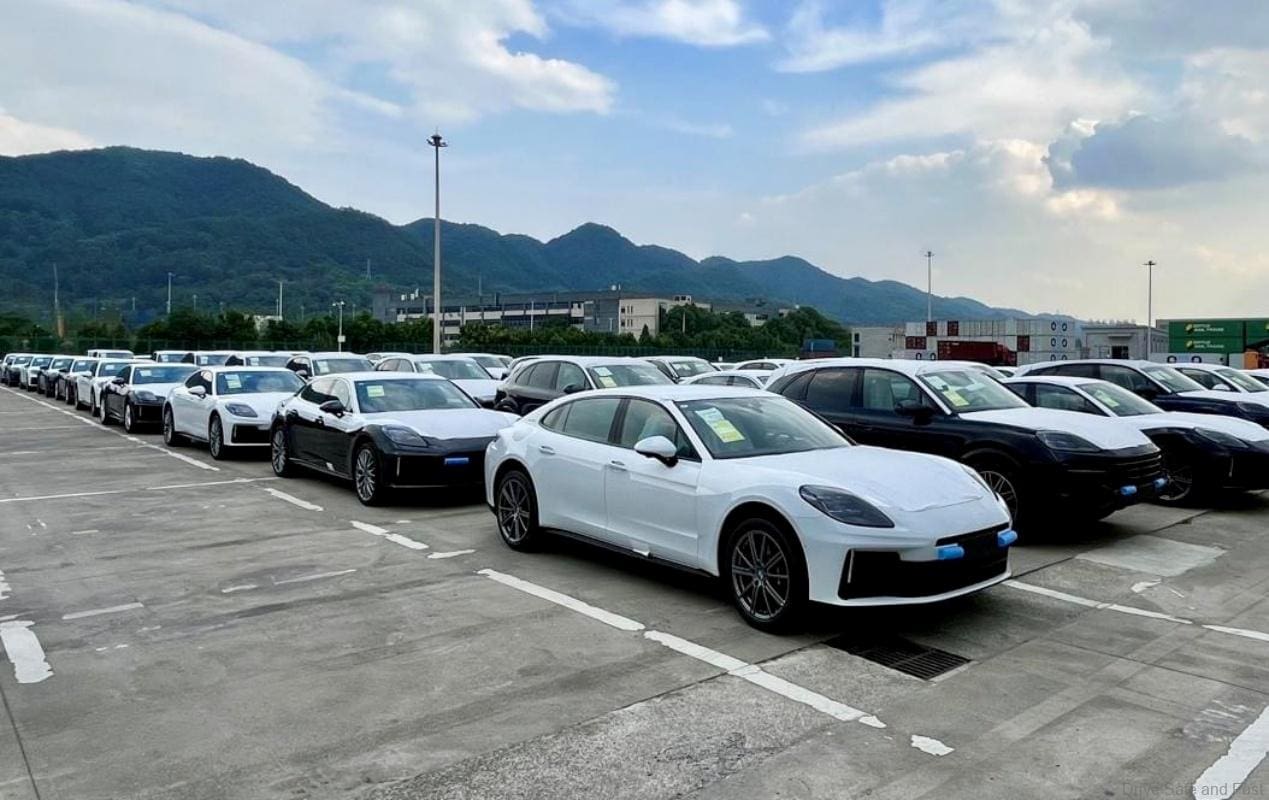Why are China car owners so enamoured by German EVs these days?
Chongqing has solidified its position as the foremost inland port for whole-vehicle imports in China. By the end of last year, the city had successfully imported nearly 40,000 vehicles, leading the nation’s inland regions not only in volume but also in the diversity of brands.
Song Kaicheng, a representative from Chongqing Fanou Railway Port Management, highlighted these impressive statistics during a recent announcement. The company oversees the Chongqing Railway Port, which is a significant component of the Chongqing International Logistics Hub Park.
Moreover, this expansive logistics hub also includes the Tuanjiecun Station and the dry port associated with the New International Land-Sea Trade Corridor, all situated in the Shapingba district. Spanning a planned area of 3,550 square kilometres, the hub has quickly become a pivotal centre for international freight trains traversing western China.
Geographically, Chongqing enjoys a prime location along the upper reaches of the Yangtze River, further enhancing its status as an international logistics centre. The city serves as a critical link for national development initiatives in the western regions and is a crucial connecting point for both the Belt and Road Initiative and the Yangtze River Economic Belt.
On top of that, these initiatives underscore the strategic importance of Chongqing in facilitating trade and connectivity. To optimise its logistics capabilities, the municipality has explored two primary transportation routes: the China-Europe freight train service and the New International Land-Sea Trade Corridor.
These routes have been instrumental in achieving a seamless integration of multiple transportation modes, including rail, road, water, and air. The trade corridor’s logistics network has expanded significantly in recent years, linking Europe to Southeast Asia with Chongqing as a central junction.
As noted by Duan Bensheng, deputy general manager of New Land-Sea Corridor Operation, the network now reaches an impressive 523 ports across 124 countries and regions. According to the Chongqing Development and Reform Commission, the first eight months of this year saw the land-sea trade corridor facilitate the transportation of 166,000 TEUs (twenty-foot equivalent units), with a total cargo value amounting to 31 billion yuan (approximately USD4.4 billion).
Additionally, the import and export value associated with the China-Europe Railway (Chongqing) reached 44.33 billion yuan, illustrating the ultimate potential of this strategic trade hub in driving economic growth and connectivity on a global scale. We got all this from China Daily and their full article is linked here. Thank you China Daily for the information and images.



